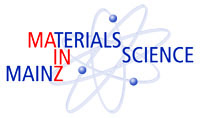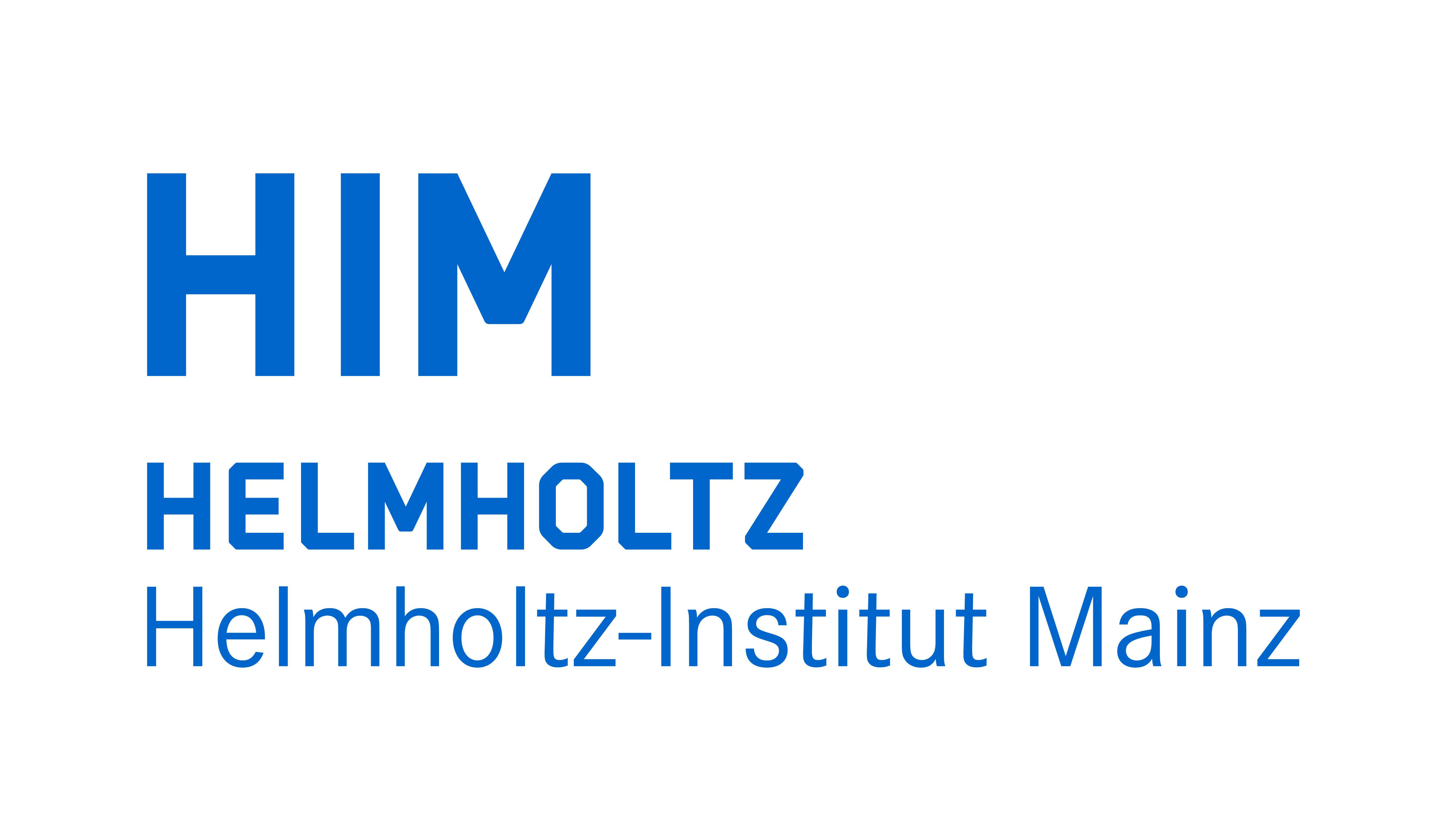


Physikalisches Kolloquium
Dec. 14, 2021 at
4:15 p.m. c.t.
only via
Recording of the presentation
Prof. Dr. Friederike Schmid
Institut für Physik
friederike.schmid@uni-mainz.de
Prof. Dr. Hartmut Wittig
Institut für Kernphysik
hartmut.wittig@uni-mainz.de
Creation of fragile anti-matter at the LHC
Dr. Benjamin Dönigus (Goethe-Universität Frankfurt)
The high collision energies reached at the Large Hadron Collider (LHC) at CERN lead to significant production rates of fragile objects, i.e. objects whose binding energies are small compared to the average kinetic energy of the particles produced in the system. Such objects are, for instance, light (anti-)nuclei and (anti-)hypernuclei. The most extreme example here is the hypertriton, a bound state of a proton, a neutron and a lambda, where the separation energy of the lambda is only around 130 keV. These states, from the anti-deuteron up to the anti-alpha nuclei, are nevertheless created and observed in the hot + rough environment of proton-proton and heavy-ion collisions at the LHC. The reached temperaturesarehigher than156 MeV, corresponding to 1.8 x1012K.Selected highlights ofmeasurements of these fragile objects will be presented.
Attachment